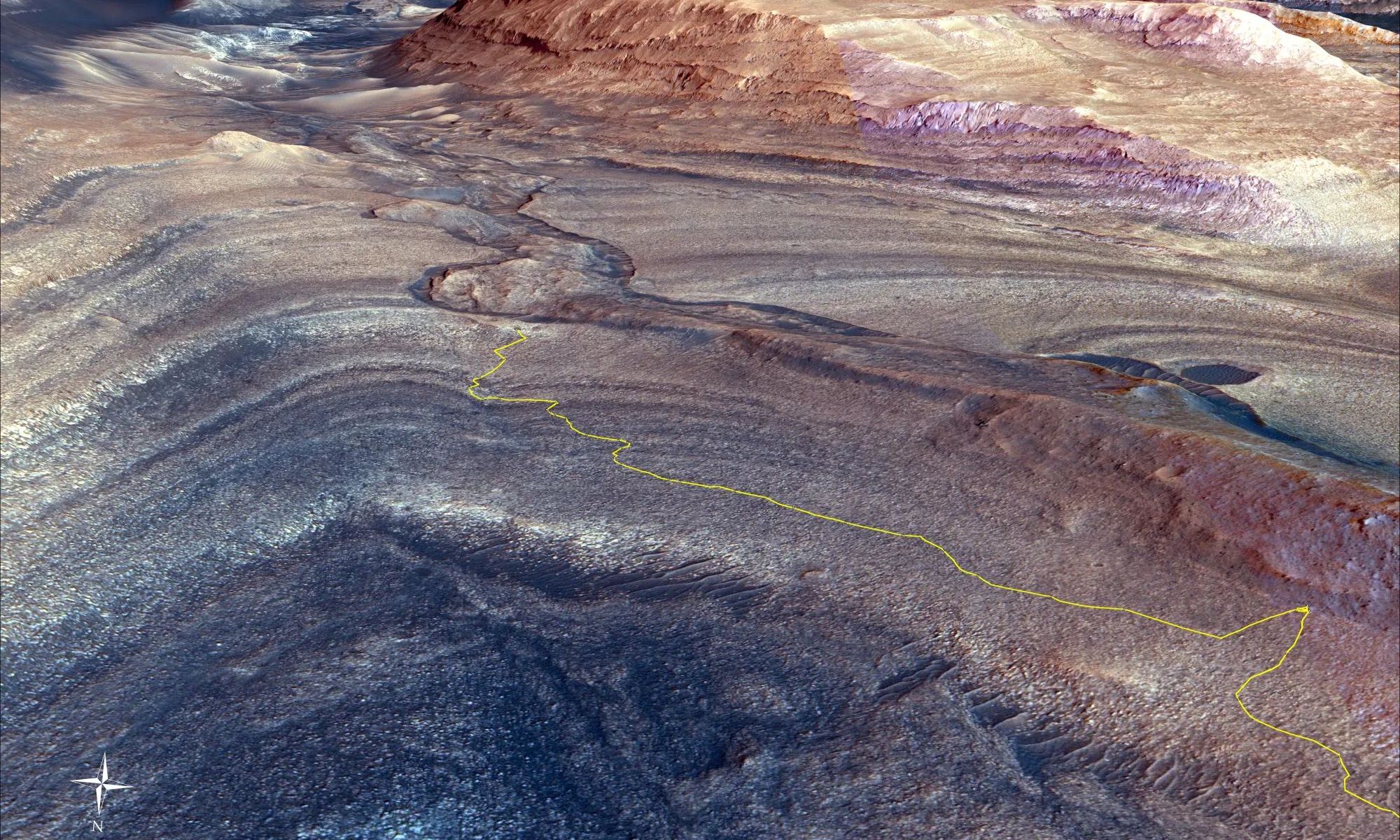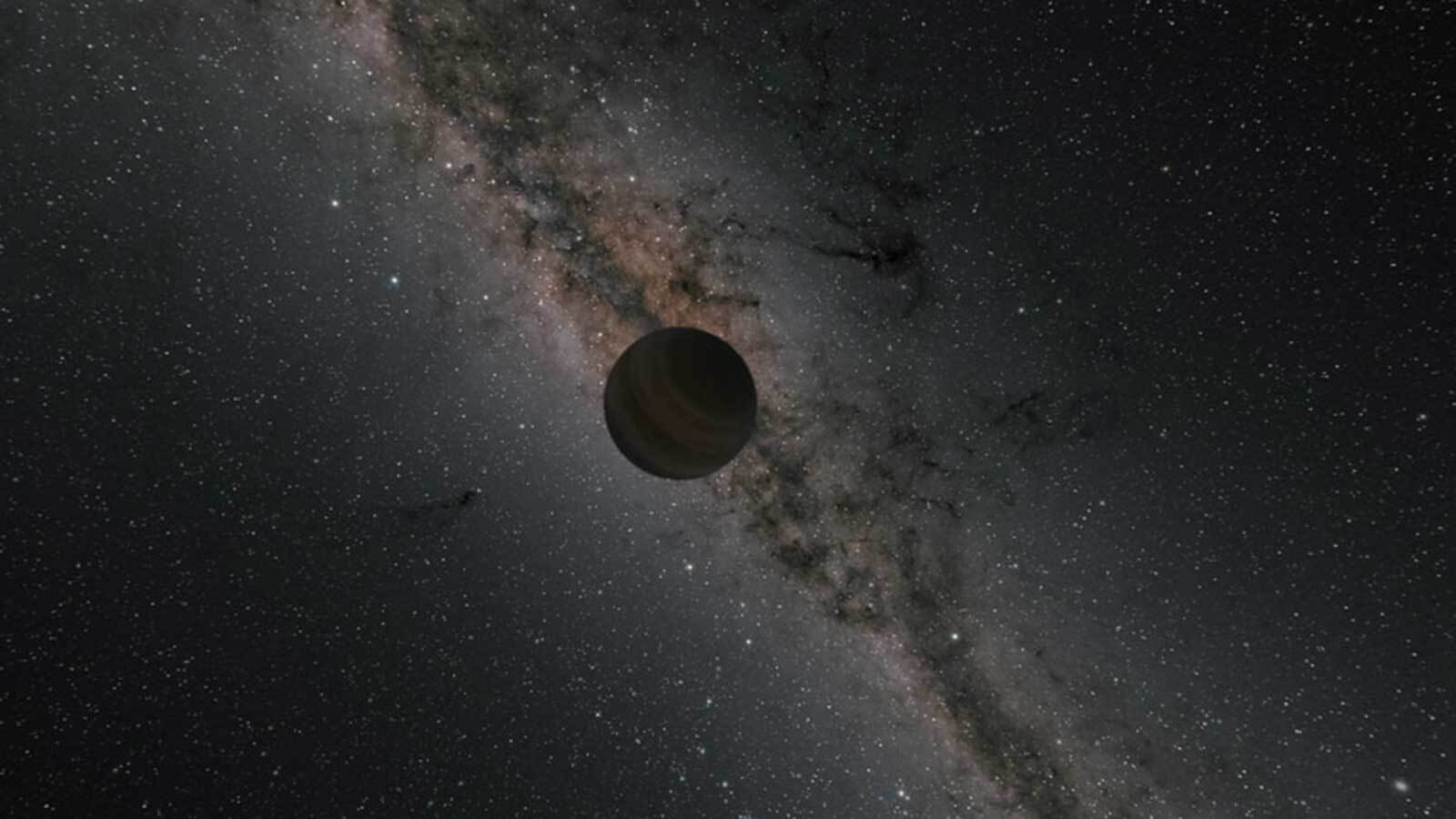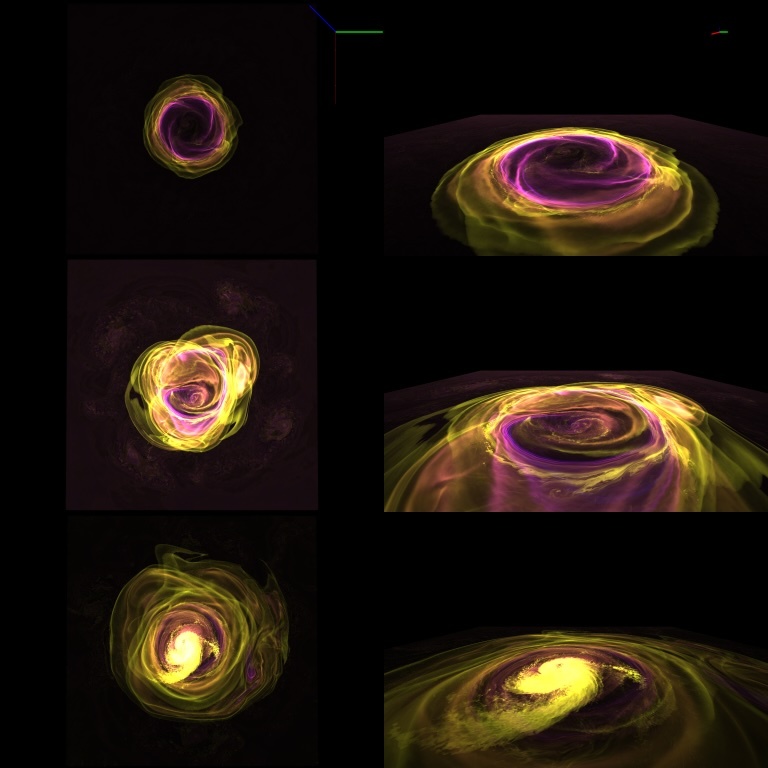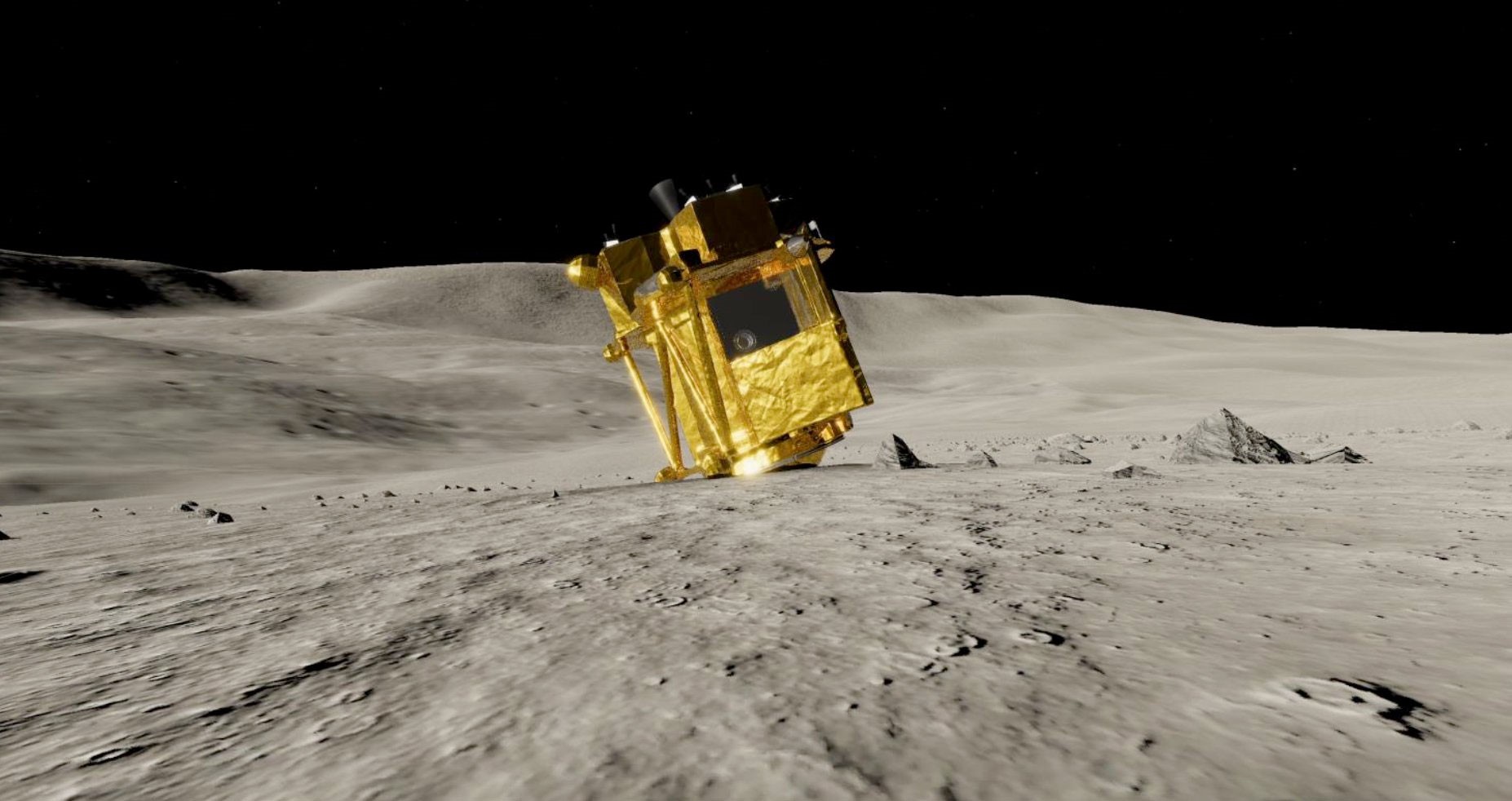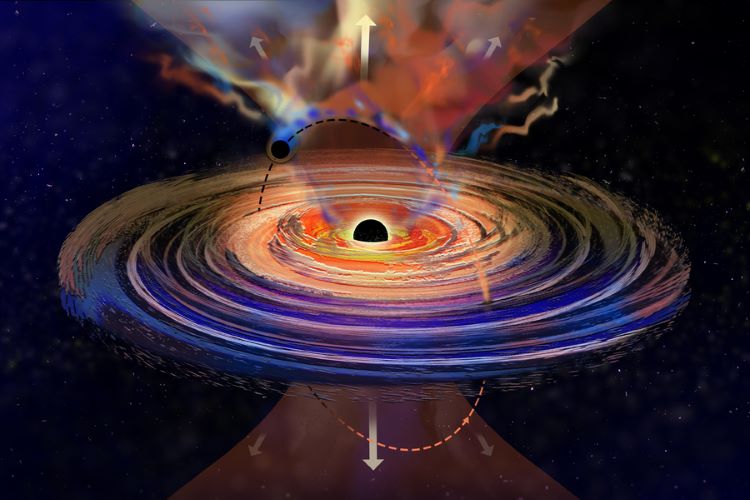Looking at prospects for eclipse day and totality.
Have you picked out your site to observe the eclipse on April 8th? Next Monday, the shadow of the Moon crosses Mexico, the contiguous United States from Texas to Maine, and the Canadian Maritimes for the last time for this generation. And while over 30 million people live in the path of totality, millions more live within an easy day drive of the path. I’m expecting that many folks will decide to make a three-day weekend of it, and eclipse travel traffic will really pick up this coming Saturday, April 6th.
Continue reading “Inside a Week to Totality: Weather Prospects, Solar Activity and More”


